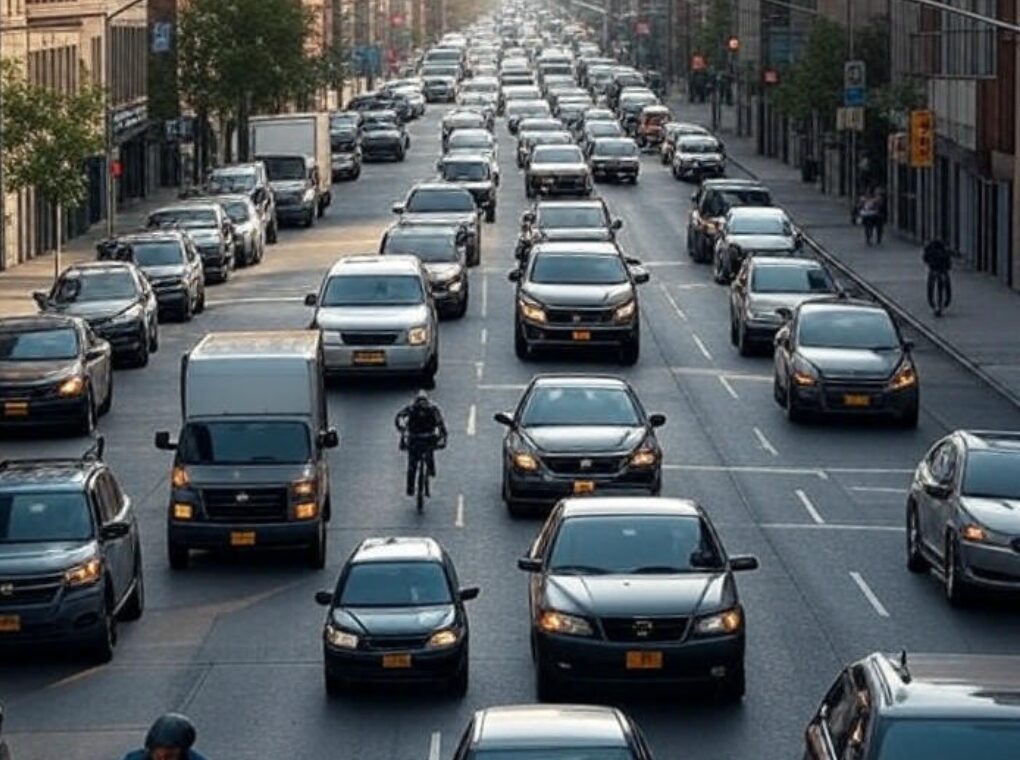Ever sat behind the wheel, stuck in traffic, and wondered which country has the worst drivers? Well, a new global list finally has the answer. A new global list by The Travel highlighted 25 countries with the most dangerous drivers, and surprisingly, the United States has occupied the number one spot, followed by Turkey and Brazil.
The list has been compiled based on several factors, including accident rates, reckless behavior, road safety enforcement, and how well drivers stick to traffic laws. The results show that dangerous driving isn’t limited to any one part of the world — it’s a global problem.
Top 25 Countries with the Worst Drivers
United States
Turkey
Brazil
Philippines
Romania
Iran
Mozambique
Ghana
Indonesia
Libya
Liberia
Mexico
Nigeria
Malawi
Thailand
Russia
India
China
Saudi Arabia
Egypt
Lebanon
Venezuela
Dominican Republic
Italy
Vietnam
Why the U.S. Tops the List
The U.S. might seem like an odd choice for first place, especially given its advanced road network, seatbelt laws, and driving regulations. But safety experts say that speeding, distracted driving, road rage, and a high number of drunk-driving incidents have made American roads some of the deadliest.
According to recent data, over 40,000 people die each year in road crashes across the United States — a number far higher than in many other high-income nations.
Developing Nations Struggle with Infrastructure
In several developing countries on the list, the risks are compounded by poor infrastructure, overloaded vehicles, traffic congestion, and limited law enforcement.
In countries like India, Nigeria, and Egypt, chaotic intersections, pothole-ridden roads, and weak driving license systems make everyday commuting risky. In India, more than 150,000 people die in road accidents annually — one of the highest numbers in the world.
Driving Culture Plays a Role
Experts say that road safety is not just about infrastructure — it’s also about culture and education. In many countries, ignoring red lights, speeding in crowded areas, or not wearing seatbelts is seen as normal behavior. This casual attitude toward road rules can have devastating consequences.
A Global Crisis, Especially for the Young
According to the World Health Organization, road traffic accidents remain a leading cause of death globally, especially among people aged 5 to 29. An estimated 1.3 million people die each year in traffic-related incidents, and millions more suffer life-changing injuries.
The Way Forward: Education, Enforcement, and Engineering
Fixing the global road safety crisis isn’t simple — but experts agree that progress depends on a combination of three key pillars:
Enforcement: Stricter implementation of traffic laws, harsher penalties for violations, and consistent monitoring are essential to deter dangerous behavior on the roads.
Education: Public awareness campaigns and driver training programs can help change mindsets and promote responsible driving habits from an early age.
Engineering: Safer roads, clearer signage, better lighting, and well-designed intersections all play a crucial role in preventing accidents.
In addition to these pillars, technology is becoming a powerful tool. Tools like speed cameras, alcohol detection systems, and lane departure alerts are increasingly being used to reduce human error and keep roads safer. But experts caution that technology alone isn’t enough — it must be backed by strong policies, regular enforcement, and a commitment to driver education.
Bottom Line: Safe Roads Start with Responsible Drivers
While some may disagree with the exact rankings, the broader takeaway is clear: dangerous driving is a serious global issue. From busy city streets in Southeast Asia to high-speed highways in the U.S., poor driving habits, lax enforcement, and risky behavior are putting lives at risk.
Whether you’re a daily commuter or an occasional driver, the message is the same — safe driving saves lives.
